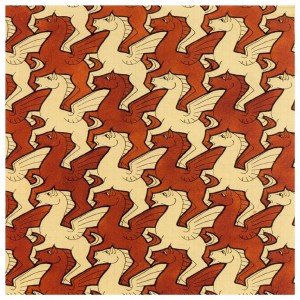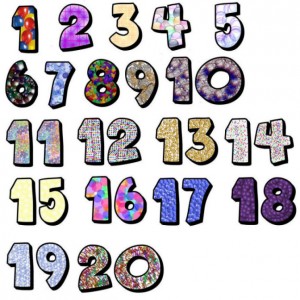
Common Core State Standard for this lesson:
CCSS.Math.Content.8.SP.A.1-Construct and interpret scatter plots for bivariate measurement data to investigate patterns of association between two quantities. Describe patterns such as clustering, outliers, positive or negative association, linear association, and nonlinear association.
Instructions for activity:
• Read main question (Central Focus of the activity): How long does it take to pass a ball around in a circle while adding one more person to the circle each time around?
• Make a class prediction for how the data collected will appear.
• Number off students, assign placement of when to join the circle. One student will run stopwatch and record the times in table on worksheet.
• Start the activity with one person and time how long it take to pass the ball, repeat with two students, three student and so on.
• Record number of students and time in seconds
• Organize data in a table with number of students (n) being one variable and time (s) being the other.
• Students do Parts 2 and 3 in their small groups being prepared to discuss answers as a class.
• As a whole class disscuss answers.
Justification for modeling: See Mathematical Practice number 4.
.Tools: Ball, stopwatch, worksheet, paper, and pencil.
Vocabulary: Bivariate, variables, scatter plot, univariate, functions, and first differences.
Mathematical Practices for this lesson:
Practice 1: Make sense of problems and persevere in solving them.
Justification: Students can check that their answers make sense and are able to explain it.
Example: Students discuss Part 3 questions on worksheet in small group.
Practice 2: Reason abstractly and quantitatively.
Justification: Students can find and use the necessary information and are able to break apart a problem.
Example:In worksheet Part 3 questions are answered using the information collected/interpreted from Parts 1 and 2.
Practice 3: Construct viable arguments and critique the reasoning of others.
Justification: Students can use prior learning, make reasonable predictions, and use appropriate definitions and language.
Example: At the beginning of the activity when students are introducted to the activity.
Practice 4: Model with mathematics.
Justification: Students can apply what I know and show it in a mathematical problem, could draw graphs and tables, and reflect and revise on solutions and make changes as needed.
Example: The completing, collection, and using of data from Part 1 and 2 of the worksheet.
Practice 5: Use appropriate tools strategically.
Justification: Students can know the tools that are available and use them appropriately and use tools such as stopwatches and calculators.
Example: Data collection portion of Part 1 and answering of Part 3 question 5-7.
Practice 6: Attend to precision
Justification: Students can provide good explanations that are clear and precise, understand the vocabulary and their definitions, communicate, show their work and check their work.
Example: Completion in small groups of Part 3 of the worksheet and end of class discussion of Part 3 questions and Parts 1 and 2 data.
Practice 7: Look for and make use of structure.
Justification: Students will use patterns or structures to be able to see was to show the same objective or meaning, realize the relationship between the data collected, make predictions, use pictures to show numbers, draw conclusions, use vocabulary and formulas.
Example: Using intro, Part 1, and Part 3 of worksheet.
Practice 8: Look for and express regularity in repeated reasoning.
Justification: Students will explain to a partner how they got their answer.
Example: Part 3 of worksheet and class discussion.
This lesson/activity was a hit with the students, went well with my classroom environment and had minimal misconceptions.
Math 486 Lesson Plan
Scattered Data
Scattered Data Answer Key
Exit Ticket
Posted and Created by: Christine Godfrey, Andrea Hamada, and Megan Kriete.



